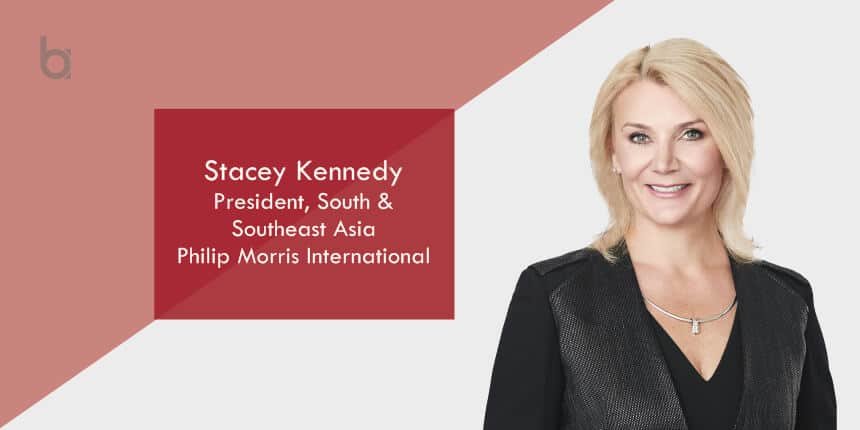Creating an inclusive, diverse workplace is becoming an increasing area of focus for organizations big and small. Many understand that joining today’s calls for fairer opportunities and a more equal world is the right thing to do. But how many truly realize the tremendous business opportunity that a more inclusive, diverse and gender-balanced environment brings?
The more diverse business culture , the more enabled that business becomes in understanding different global needs, identifying opportunities for growth and fostering innovation. Women make up half of the world’s intelligence—representing more than half of its university graduates and influencing 60 to 70 percent of today’s consumer spend. So, tapping into this talent pool is a no-brainer for any business seeking to better respond to a rapidly evolving customer base and drive long-term growth.
Real-life data confirms undeniably the link between gender diversity and better business results: A study conducted in 2019 by Korn Ferry, a global consulting firm, showed a 15 percent spike in profitability at companies where the number of women in corporate leadership roles rose by up to a third. In 2018, global leadership consultancy firm DDI showed that companies with at least 30 percent gender diversity overall—and more than 20 percent at senior level—outperformed less-diverse peers.
As a leader in a Fortune 500 company in the midst of its own massive business transformation, I see firsthand the positive impact of promoting greater inclusion and diversity in the workplace. At Philip Morris International (PMI), we are working to create a smoke-free future, where cigarettes are replaced by better, scientifically substantiated smoke-free alternatives for the millions of adult smokers who would otherwise continue to smoke. And we know that to achieve this vision—to unlock the innovation and creativity needed to transform our business—we need an inclusive work environment where everyone can thrive and a culture that welcomes diverse diverse business culture skills, perspectives and ways of thinking.
We’ve chosen to focus our efforts on a dimension of diversity where we could have the greatest immediate impact: increasing the representation of women in our management ranks. Our aim is to increase the number of women in management roles to at least 40 percent by 2022 across the company. We’ve already raised the proportion by 6 percentage points, to 36 percent, since 2014—but we know there’s still more work to be done.
How do we go about this work? Well, firstly, by realizing that greater equality in the workplace is not a mere “box-ticking” exercise. It requires commitment from all levels of leadership and clear targets that go far beyond increasing the number of women we hire. It’s also about our shared responsibility as business leaders to change attitudes and shape workplace culture. We go about this in a number of ways, including by walking the talk on equality and equal opportunity, normalizing flexible work arrangements to enable employees to achieve a better work-life balance and encouraging diversity of opinions and perspectives in our day-to-day work and conversations.
Another lesson we’ve learned along the way is that there are no silver-bullet solutions—taking incremental steps is necessary. For example, at PMI we decided that a pivotal step in our efforts for greater gender balance was to confirm our commitment to equal pay as the baseline measure of equality. As a result, following a rigorous process, we became the first multinational company to be globally EQUAL-SALARY certified, an achievement we’re all proud of. As part of this effort, we’ve engaged in robust conversations for 18 months with our female employees about the way they perceive management’s commitment to equality issues so as to better understand how the company can perform better.
There’s still some way to go until inclusion and diversity become corporate norms, not exceptions. An important first step is acknowledging that the more inclusive and diverse our workplace is, the more we’ll succeed in driving innovation and business growth. From there follows the continued commitment and responsibility we have as business leaders to affect positive change by nurturing truly inclusive and diverse teams.












